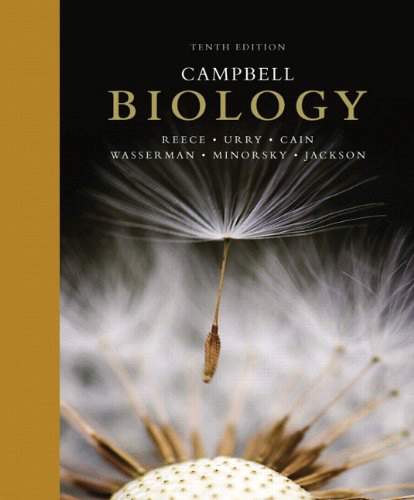Starting up...

This is a quick preview of the lesson. For full access, please Log In or Sign up.
For more information, please see full course syllabus of Biology
For more information, please see full course syllabus of Biology
Biology Plants, Part I
Lecture Description
In this lesson, our instructor Bryan Cardella gives an introduction on plants, part one. He discusses kingdom plantae characteristics, plant origins, non-vascular plants, bryophyte (moss) life cycle, seedless vascular plants, pterophyte (fern) life cycle, seed plants, coniferophytes (cone-bearing plants), conifer life cycle, anthophytes, the flower anatomy, and flowering plant life cycle.
Bookmark & Share
Embed
Share this knowledge with your friends!
Copy & Paste this embed code into your website’s HTML
Please ensure that your website editor is in text mode when you paste the code.(In Wordpress, the mode button is on the top right corner.)
×
Since this lesson is not free, only the preview will appear on your website.
- - Allow users to view the embedded video in full-size.
Next Lecture
Previous Lecture










































 Answer Engine
Answer Engine

2 answers
Last reply by:
Fri Feb 14, 2020 11:25 AM
Post by duganbrandon225 on February 13, 2020
Does this page still have questions answered? I can see the comments here are 4-6 years ago.
1 answer
Wed Nov 9, 2016 10:11 AM
Post by Vivian Ni on November 8, 2016
If moss can grow on angiosperms, why can't they grow on gymnosperms?
1 answer
Wed Apr 6, 2016 8:27 PM
Post by Shikha Bansal on April 6, 2016
If monocots can have multiples of 3 for male flower parts and dicots can have multiples of 4 for male flowers, then how do you tell if a flower is a dicot or a monocot if it has 12 male flower parts?
0 answers
Post by samyah refadah on March 27, 2014
love the style of his teaching